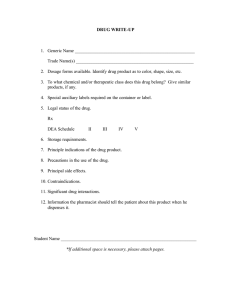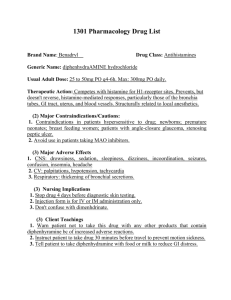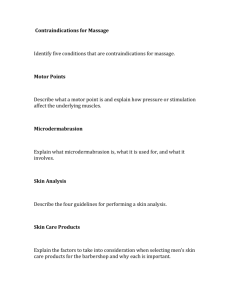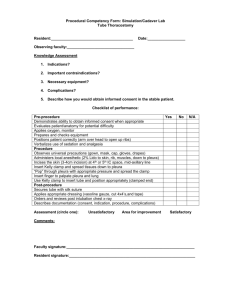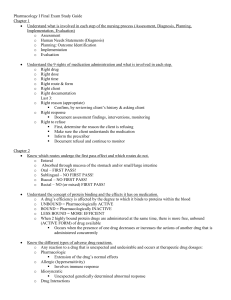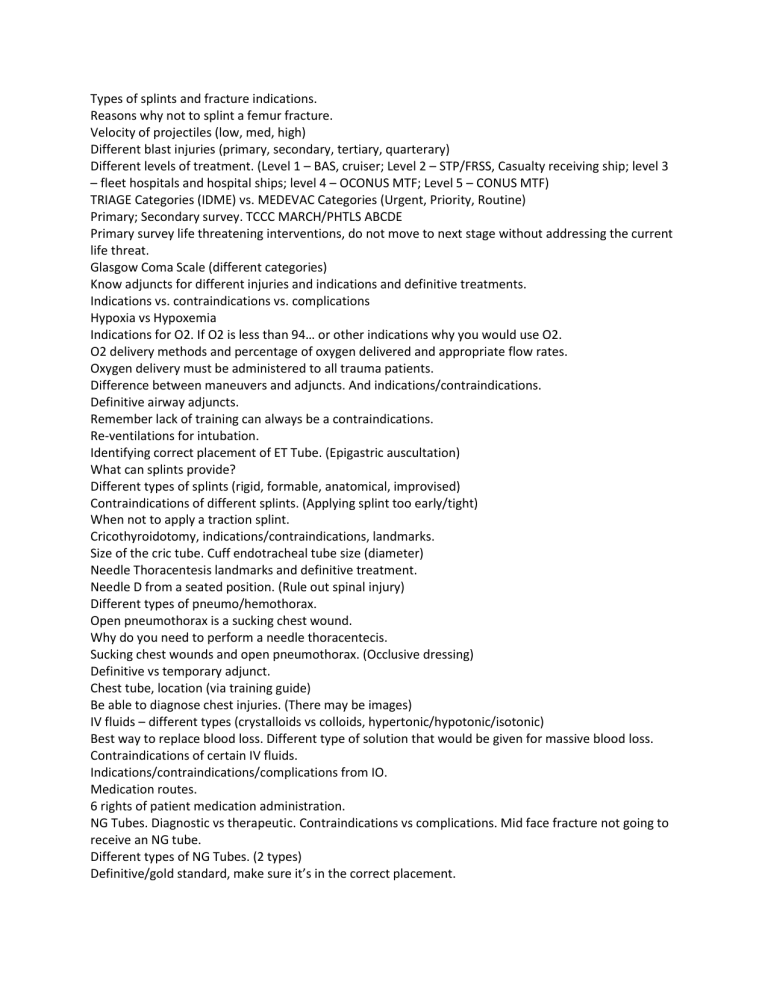
Types of splints and fracture indications. Reasons why not to splint a femur fracture. Velocity of projectiles (low, med, high) Different blast injuries (primary, secondary, tertiary, quarterary) Different levels of treatment. (Level 1 – BAS, cruiser; Level 2 – STP/FRSS, Casualty receiving ship; level 3 – fleet hospitals and hospital ships; level 4 – OCONUS MTF; Level 5 – CONUS MTF) TRIAGE Categories (IDME) vs. MEDEVAC Categories (Urgent, Priority, Routine) Primary; Secondary survey. TCCC MARCH/PHTLS ABCDE Primary survey life threatening interventions, do not move to next stage without addressing the current life threat. Glasgow Coma Scale (different categories) Know adjuncts for different injuries and indications and definitive treatments. Indications vs. contraindications vs. complications Hypoxia vs Hypoxemia Indications for O2. If O2 is less than 94… or other indications why you would use O2. O2 delivery methods and percentage of oxygen delivered and appropriate flow rates. Oxygen delivery must be administered to all trauma patients. Difference between maneuvers and adjuncts. And indications/contraindications. Definitive airway adjuncts. Remember lack of training can always be a contraindications. Re-ventilations for intubation. Identifying correct placement of ET Tube. (Epigastric auscultation) What can splints provide? Different types of splints (rigid, formable, anatomical, improvised) Contraindications of different splints. (Applying splint too early/tight) When not to apply a traction splint. Cricothyroidotomy, indications/contraindications, landmarks. Size of the cric tube. Cuff endotracheal tube size (diameter) Needle Thoracentesis landmarks and definitive treatment. Needle D from a seated position. (Rule out spinal injury) Different types of pneumo/hemothorax. Open pneumothorax is a sucking chest wound. Why do you need to perform a needle thoracentecis. Sucking chest wounds and open pneumothorax. (Occlusive dressing) Definitive vs temporary adjunct. Chest tube, location (via training guide) Be able to diagnose chest injuries. (There may be images) IV fluids – different types (crystalloids vs colloids, hypertonic/hypotonic/isotonic) Best way to replace blood loss. Different type of solution that would be given for massive blood loss. Contraindications of certain IV fluids. Indications/contraindications/complications from IO. Medication routes. 6 rights of patient medication administration. NG Tubes. Diagnostic vs therapeutic. Contraindications vs complications. Mid face fracture not going to receive an NG tube. Different types of NG Tubes. (2 types) Definitive/gold standard, make sure it’s in the correct placement. NPA, how to size, insert, why a patient would not tolerate it. Not every patient needs an NPA. Complications can be so basic such as bleeding. Specific sites for the FAST 1 and easy IO. Mass casualty situation, with adequate supply, treating most critical patients first. Complication of IO can be a compartment syndrome due to over infusion. Hyperkalemia due to normal saline. NG tube gastric decompression. No NG tube unless you have a secured airway in an unconscious patient.
